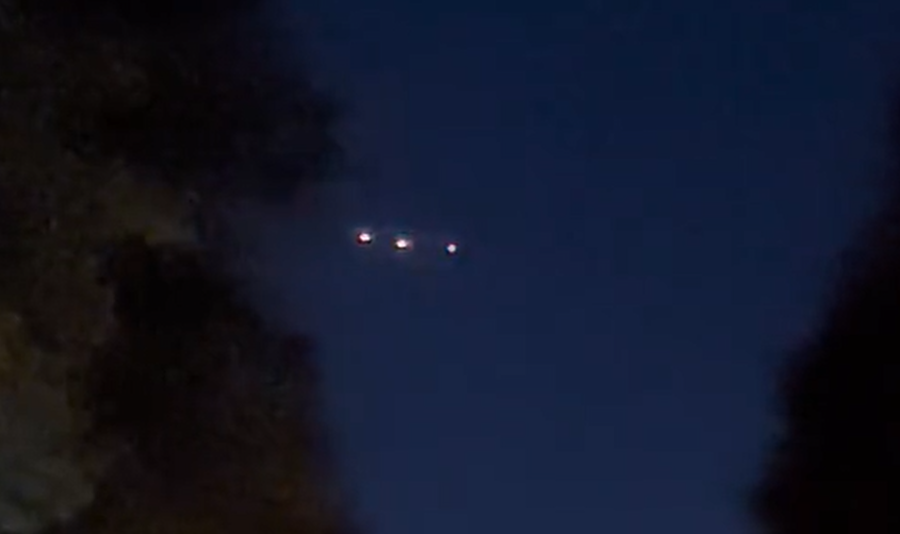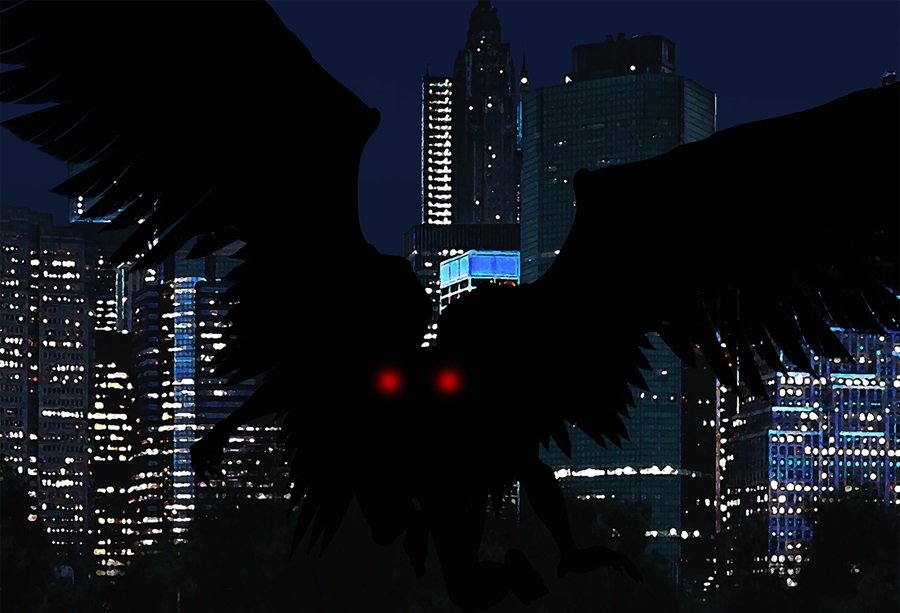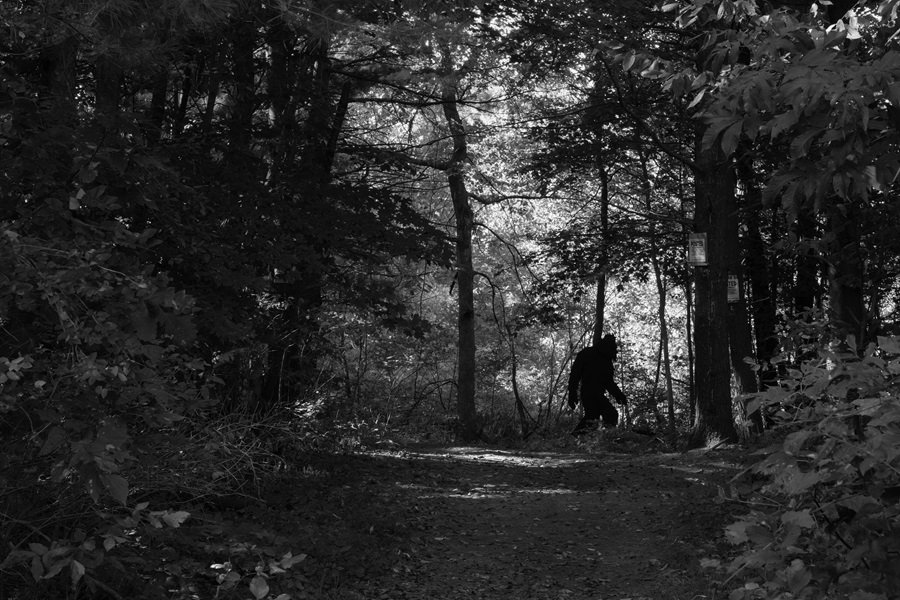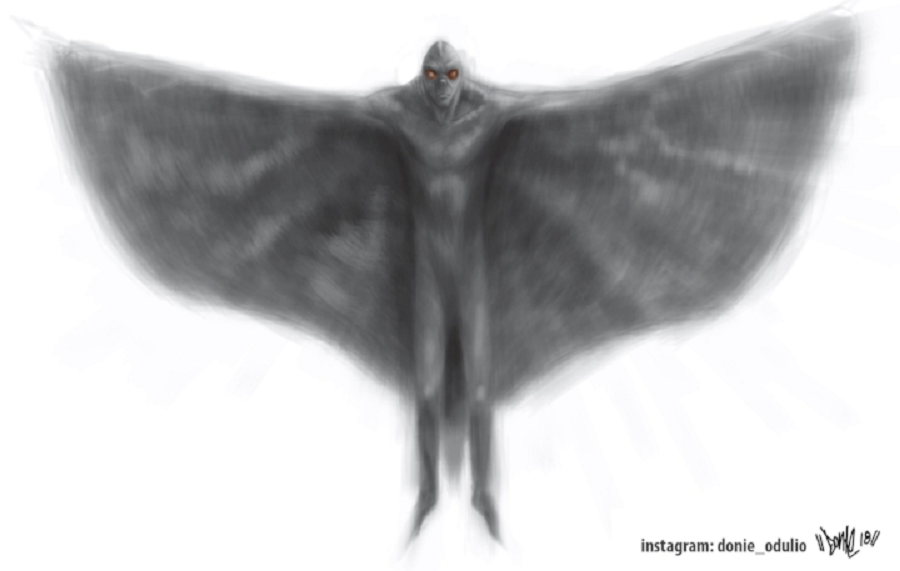MUFON Reveals Materials Reportedly Recovered from Crashed UFO at Recent Symposium
(Shutterstock)
The Mutual UFO Network (MUFON) revealed evidence of recovered UFO materials at their annual symposium in Irving, Texas, earlier this month.
News broke of the upcoming presentation in a press release provided by MUFON last June in which it was teased as "The most important UAP related-presentation MUFON has ever made.”
UAP is the current government nomenclature for UFO.
"The evidence that supports this story, and others that we will share at the Symposium, could make this the biggest UFO-related news event of the year. We have physical materials and more evidence of non-human technology," MUFON Media Relations Director Ron James said.
MUFON researcher Robert “Bob” Spearing presented the evidence in front of a live audience at the event.
According to Spearing, MUFON was contacted last year by a Russian man named Arkadii who wished to report the recovery of mysterious materials that he believed came from a crashed UFO.
Arkadii claimed that he had been in contact with an unknown entity named Timiku after performing CE5 experiments with a group of people.
CE5 refers to a process to contact UFOs and their occupants which was invented by Dr. Stephen Greer.
Dr. Greer is a retired traumatologist who founded the Center for the Study of Extra-Terrestrial Intelligence (CSETI) in 1990. CSETI was ostensibly founded to create a diplomatic and research-based initiative to contact extraterrestrial civilizations, and Dr. Greer largely focuses on ‘Close Encounters of the Fifth Kind (CE5)’—direct communication between aliens and humans involving "bilateral contact experiences through conscious, voluntary, and proactive human-initiated cooperative communication with extraterrestrial intelligence."
As a result of this contact, Arkadii said, he began to experience apports of strange objects in his home.
He first noticed a black fragment of some unknown material near his laptop one day but thought nothing of it and threw it away.
However, the next day, he noticed another such fragment.
At that point, he realized, the fragments had been “materialized special for me,” and according to Timiku, they were pieces of UFO wreckage.
In the coming days, he would find several more pieces of the mysterious substance, which is black with a gold tinge and appears to be metallic although it is very lightweight.
Photos of the mysterious fragments reported by Arkadii, including one in which a sample is shown resting on a flower to demonstrate its lightness. (MUFON)
Arkadii said that he sent pieces of the material to be analyzed by two labs in Russia, who both used X-ray fluorescence to identify its composition. This technique is often used to preserve the material being tested.
After a week, the lab contacted him to say the material is composed of an “organometallic” but “not graphene” substance that consists of “organic atoms with admixture atoms, metals, and semi-metals.” The lab claimed to have only been able to identify ten percent of the material’s components, among them bromine, calcium, titanium, iron, and copper.
Following those tests, some of the material was sent to the MUFON lab in Missouri, where similar tests were conducted.
According to Lynne Mann, Chief Analyst at MUFON Laboratory, who conducted the tests, an X-ray fluorescence gun was unable to detect any known elements, “which surprised us, as similar constructs had been identified by a previous lab.”
This is especially unusual, Mann explained, because the X-ray fluorescence gun had been “standardized” by reading a substance known to be aluminum alloy prior to examination of the mystery substance.
“[The mystery substance] came up with a no match against the standard, but it also has a chemistry reading, so if there is no match to the standard it will give out a set of elements that it finds if the sample is metal,” she said. “It found none. That either means it is not metal or a metal alloy, or it isn’t a metal we recognize on the periodic table.”
Furthermore, a spectrograph reading returned results that the lab was unable to identify.
“It may be a background signal, but we have never had this before,” Mann said.
Ultimately, she concluded, “By appearance only, it appears to be some type of lightweight insulation suited to conductive insulating of something needing heat protection and needing to conserve on weight to operate.”
In another strange turn, the sample then went missing when the lab tried to ship it to Spearing.
Spearing said that although the package did apparently make it to his locked post office box, it was gone by the time he arrived to retrieve it.
“When I went to pick it up the next day it wasn’t there,” Spearing said. “I went to my mail clerk and said, ‘Hey, I have that it was delivered,’ and she said, ‘Yes, Bob, it was delivered. I put the box in your mailbox myself.’ So, the question becomes, who would be daring enough to remove something from a federally governed mailbox?”
Luckily, Spearing continued, another sample was mailed from Russia, which was opened live onstage at the symposium.
That sample, he said, will be sent on to two more laboratories where it will be examined with an electron microscope.
























